Genius baking hacks for perfect cakes every time
Bake cakes like a pro

Proudly presenting a cake you’ve made yourself is a wonderful moment. However, even if you have plenty of baking experience, things can sometimes go wrong. From collapsed cakes to flavours that don’t seem quite right, mistakes are always possible – but there are plenty of ways to avoid these pitfalls with a little know-how. Our tried and tested tricks will help you improve your baking skills, whether you’re a beginner or seasoned baker, so you can achieve perfect cakes every time.
Click or scroll through our gallery to discover the timeless baking hacks you’ll use again and again, counting down to the most game-changing of them all.
46. Hack a box mix to improve the results
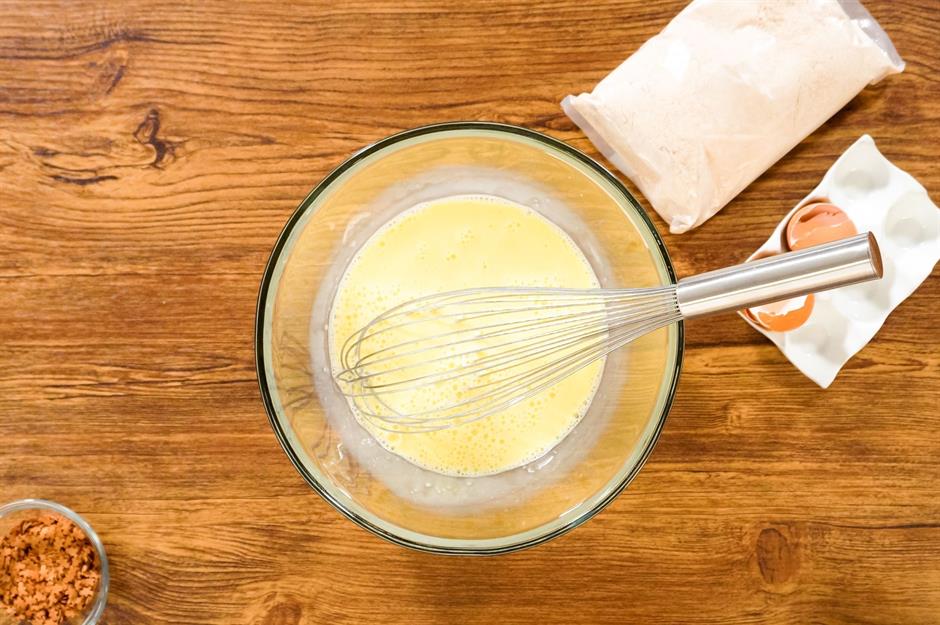
A box mix offers an accessible way of making cake, especially for beginners. Follow the directions, and your bake should come out well with little effort. But did you know you can make a box mix even better with a couple of little tweaks? Lovers of cake mixes recommend things like adding an extra egg for moisture, throwing a splash of vanilla extract in or replacing water with milk or buttermilk for an improved flavour and texture. Making your own frosting can also take your cake to a whole new level. Before you start hacking your box mix, look for tried and tested methods to avoid any disastrous experiments.
45. Don't open the oven door too early
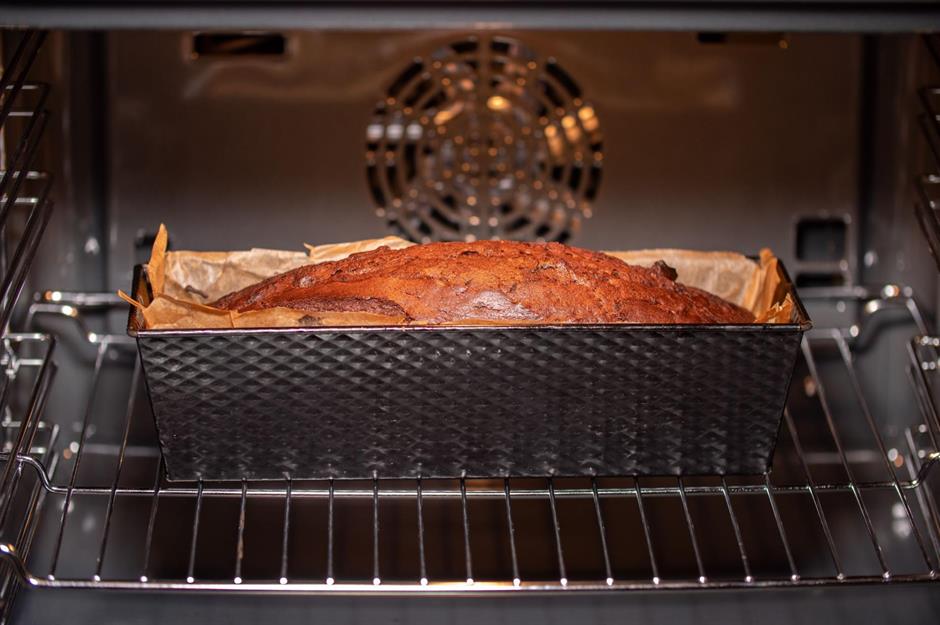
We get it – you’re curious to see how your cake is getting along. However, opening the oven door when it’s baking is a surefire way to ruin it completely, because it allows heat to escape. This sudden drop in temperature can cause the cake to sink in the middle, leading to uneven baking. Additionally, opening the door can disturb the cake's structure before it’s fully set, especially during the first half of baking when the cake is rising. So, as tempting as it is, avoid opening the oven until the baking time is up.
44. Give gelatine a try
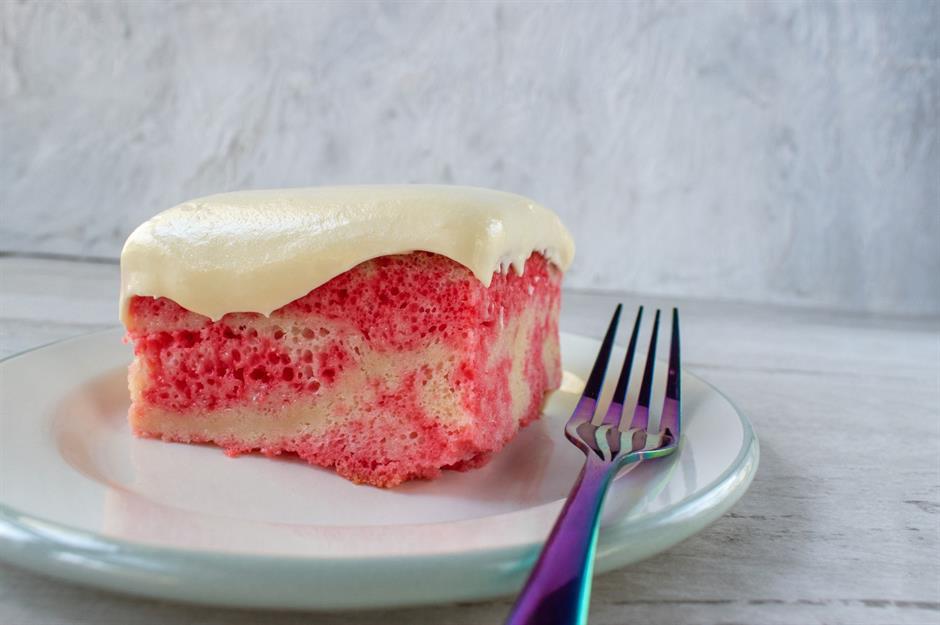
If you’re looking to add something unique to your boxed or scratch-made batter mix, it’s worth experimenting with a flavoured gelatine powder like Jell-O. Not only will this handy ingredient help to intensify your cakes' flavour and colour profile, but it’ll also leave you with a moister bake. It's a tried and tested trick your granny likely used back in the day. Try out different flavours, from zingy lemonade to tart cherry, for an even more nostalgic touch.
43. Always stick to the recipe
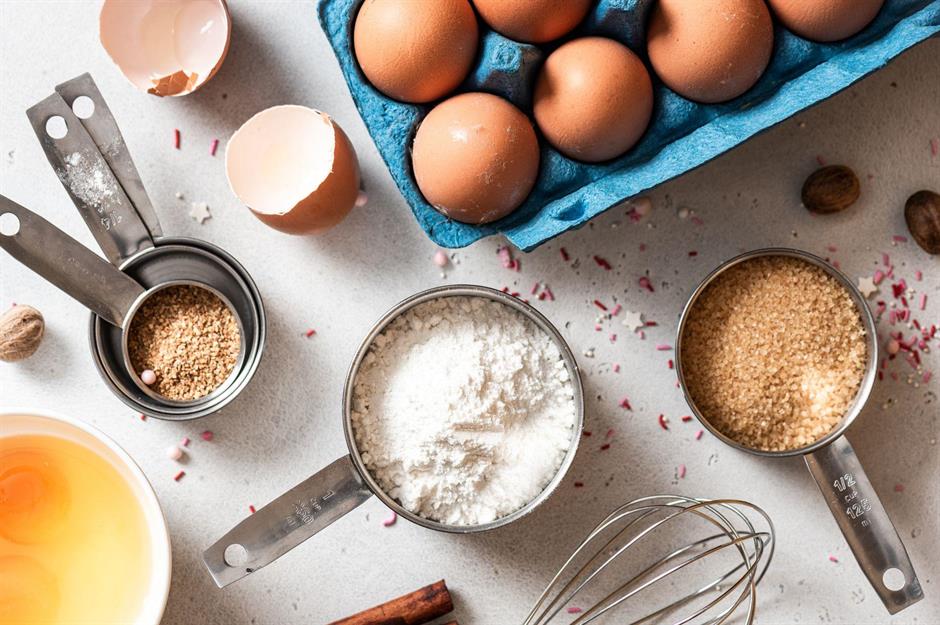
Unlike cooking, where you can improvise and put your own spin on recipes, altering key components in baking – like flour, leavening agents or sugar – can dramatically change the texture, rise and flavour of the final product. Remember that baking is a precise science that relies on specific ingredient ratios and techniques, so don’t be tempted to swap demerara sugar for white sugar if that’s all you’ve got in the cupboard. To avoid this, ensure you have all the ingredients listed in the recipe before you start cooking.
42. Use the right flour for your bake
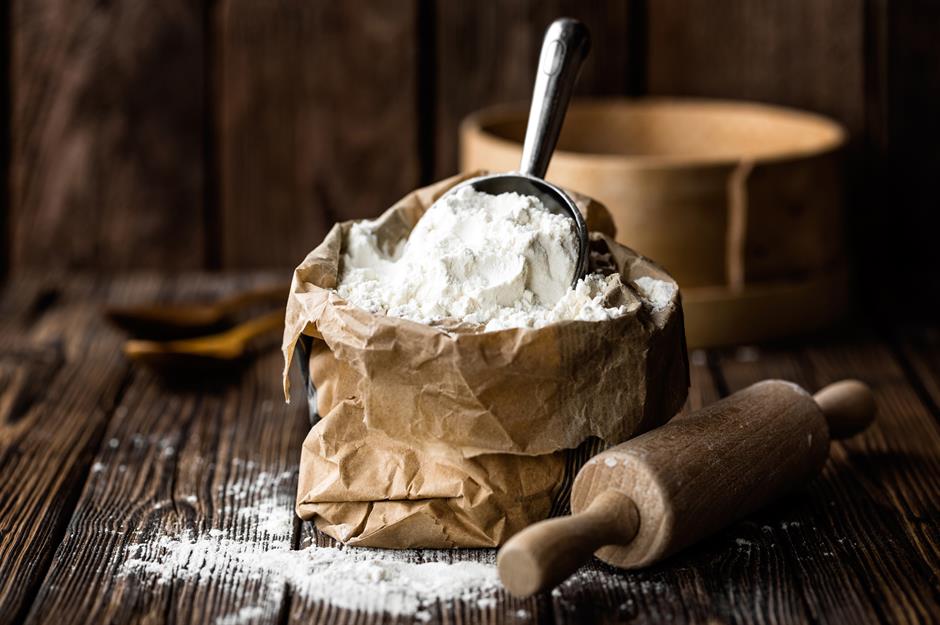
Use soft flour for cakes rather than strong or bread flours, which contain a high amount of gluten and will make your cake tough. If you don't bake on a regular basis, buy flour in smaller quantities and store it in a sealed container; flour left open for too long will attract flour weevils. If you can, buy organic flour, which hasn't been sprayed. And remember that self-raising flour already has a raising agent added.
41. Experiment with malted milk powder
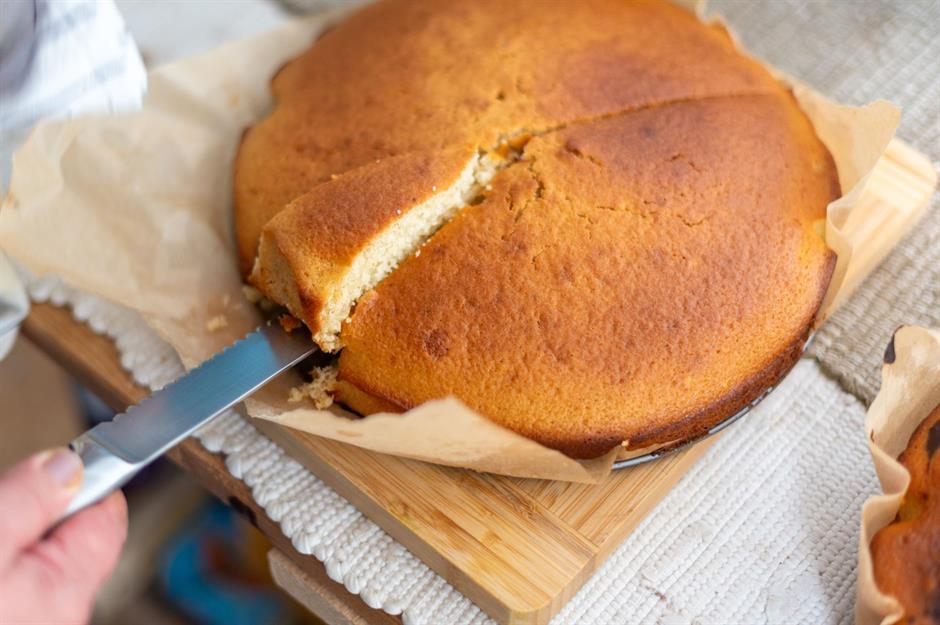
Distinctively sweet and toasty, malted milk powder is a delicious, flavour-packed ingredient that can take bakes to a whole new level. This handy product combines a mix of malted barley, wheat flour and evaporated milk powder, and it adds a nutty flavour to sweet treats. Mix a spoonful or two into your batter, and you’ll be met with a moreish aftertaste and a golden, caramelised crust. It also works great in cookies and scones.
40. Start with a cold bowl for fluffy whipped cream
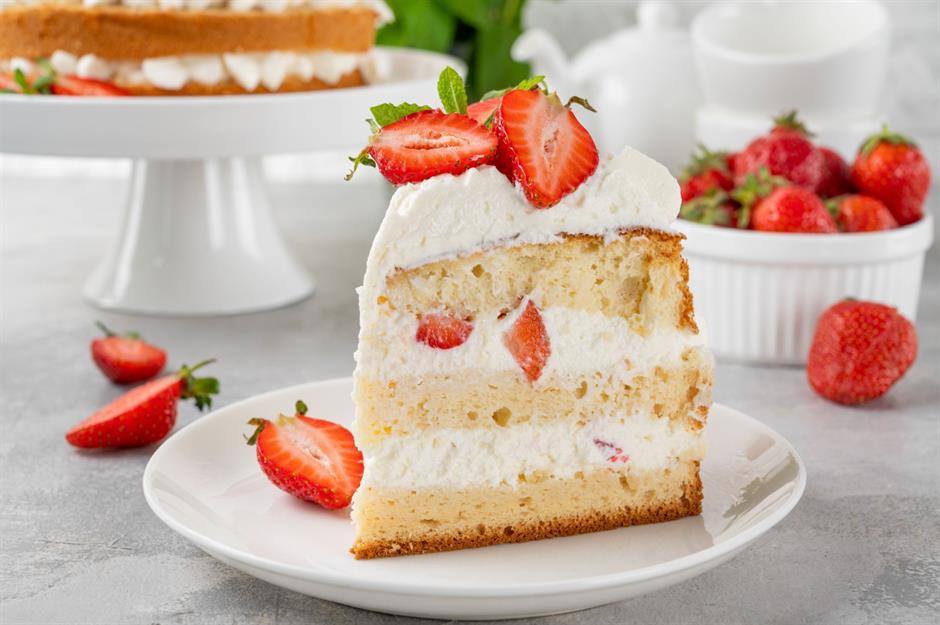
Whipped cream makes a light and tasty filling or topping, whether on its own or flavoured with other ingredients. If you want it to be as fluffy as possible, always start with a cold bowl and cold cream. The lower temperature prevents the fat in the cream from melting, making it better able to trap air bubbles for a fluffy, stable finish. Put a metal bowl and your beaters in the freezer for 10-15 minutes before you start for the best results.
39. Coat your mould with cocoa powder

When you’re baking with chocolate, whether it’s a moist sponge cake or an oozy soufflé, you want it to be as indulgent, rich and chocolatey as possible. Rather than coating your baking tin or mould with icing sugar or flour, switch to a generous dusting of cocoa powder instead. It’ll not only help the cake from sticking, but it’ll also add another layer of flavour.
38. Boost your buttercream with vinegar
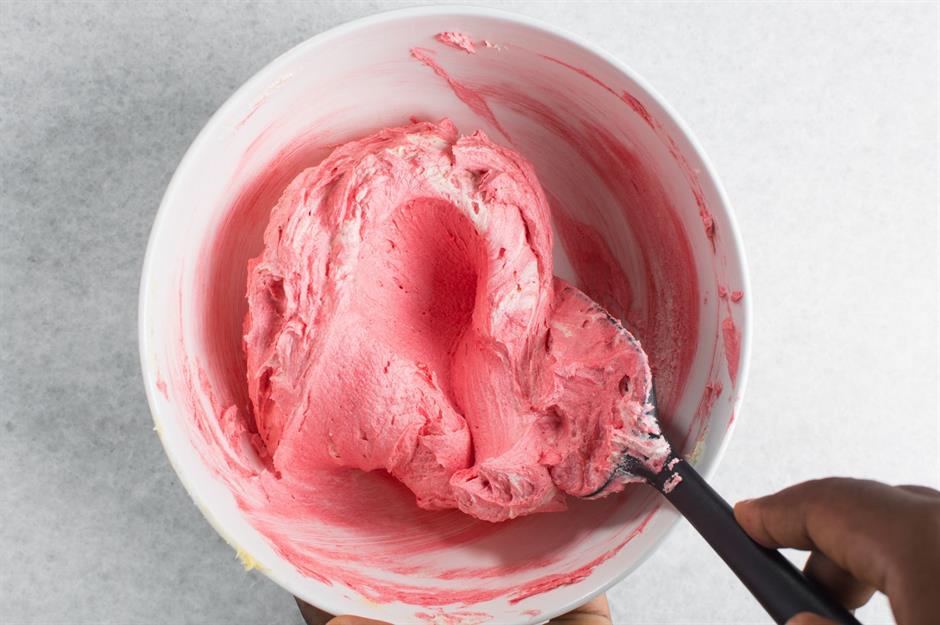
It doesn’t sound very appetising, but adding a splash of white vinegar to buttercream is a handy hack that professional bakers swear by. Not only does it stop buttery frosting from cracking when it sets, but it also helps to stabilise it, making it smoother, silkier and easier to spread. Although you won’t notice the taste, the acidity of the vinegar also cuts through the rich, sugary flavour of the buttercream, creating a more balanced and less overwhelmingly sweet taste.
37. Add seeds and nuts for feel-good cakes

For a while now, there's been a trend towards incorporating nuts and seeds into cakes, together with wholemeal flour, to add a boost of minerals, fibre and nutrients. These bakes can still taste great, too, with the right recipes. To reduce the refined sugar content, you can also use alternatives like honey, maple syrup or mashed bananas to sweeten your cakes. And try swapping thick icing and heavy buttercream for Greek yogurt infused with a little honey.
36. Pick the right raising agent
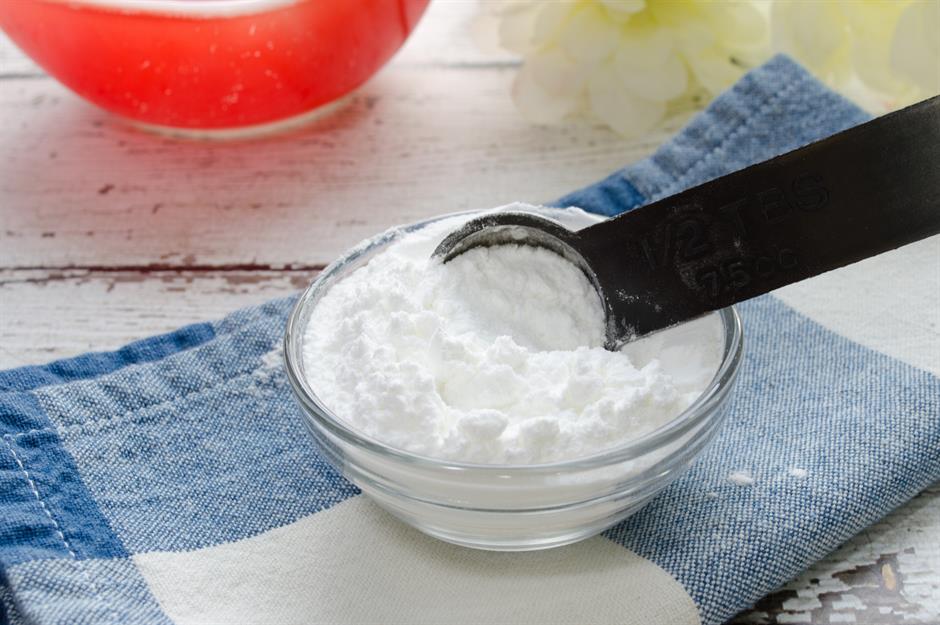
Baking powder isn't the same as baking soda (also called bicarbonate of soda). The former is a combination of bicarbonate of soda, an acid, cream of tartar and something like cornflour, which acts as a filler – so be sure to check the label if you're on a gluten-free diet. Baking powder reacts when added to liquid to create carbon dioxide, which makes the mixture expand. You should get your cake into the oven quickly once it's been added. Make plain flour self-raising by adding a level teaspoon to 4oz (110g) flour.
35. Save time with a stand mixer
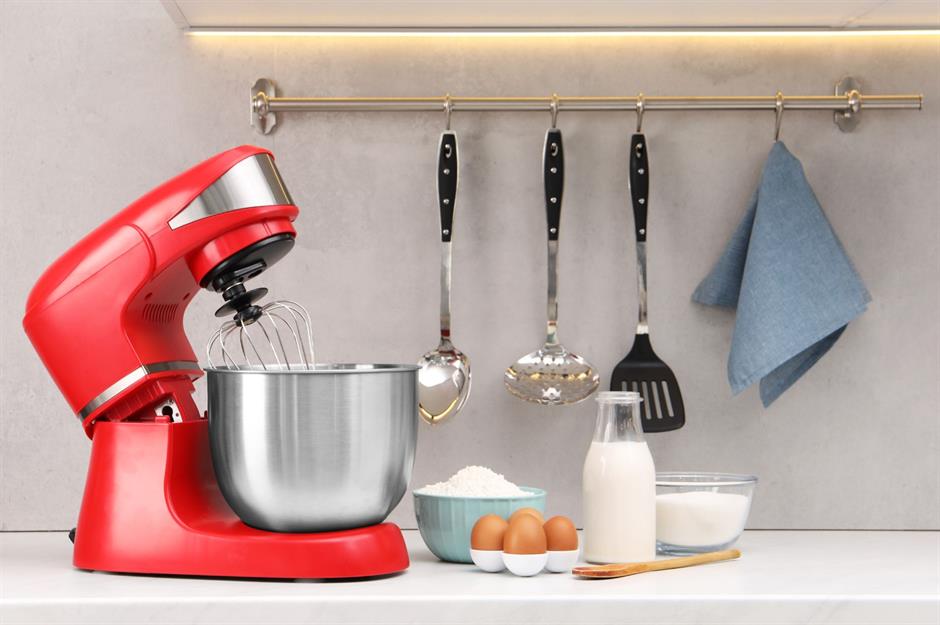
Of course, if you bake often, there's no better investment than a stand mixer. Whether you're making perfectly fluffy meringues or whisking butter and sugar together, they're worth their weight in gold. Although expensive, they'll last for years and look rather lovely on your kitchen countertop. If your budget doesn't stretch that far, a good quality electric hand whisk will also do the job. If you're using a hand whisk, put your bowl on a damp kitchen cloth or tea towel to prevent it from sliding around your worktop.
34. Embrace foraged foods

Incorporating foraged ingredients offers a fresh, seasonal touch and elevates both the flavour and appearance of cakes. Edible flowers, such as violets or nasturtiums, add vibrant colours and subtle floral notes to cake batters – and they can be used as decorative toppings, too. Wild fruits like blackberries, elderberries and crab apples provide natural sweetness and tartness, making them perfect for fillings or compôtes. You could even make use of nettles, if you’re feeling adventurous. Simply add a purée of blanched nettles (the boiling water will remove the sting) to your sponge for a burst of goodness and a vibrant green colour.
33. Have everything ready to go before you start
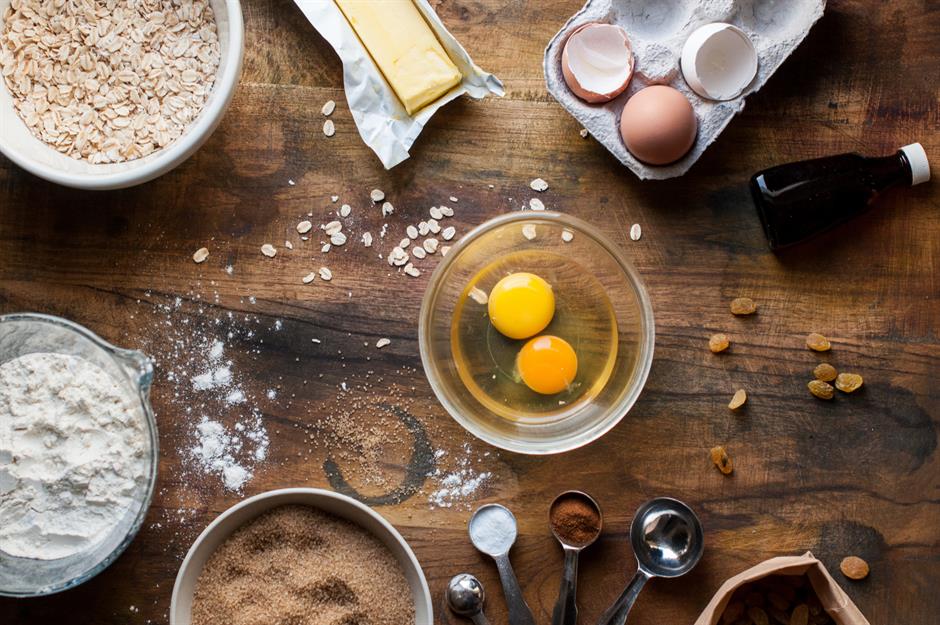
Baking is no different from other types of cooking in that you should always have your ingredients ready to go before you start – there's nothing more annoying than realising you've run out of eggs or milk halfway through a bake. Weigh or measure everything out, have tins prepared and preheat the oven to the correct temperature. When baking cakes, you need to put the mixture straight into the oven when it's ready, as the raising agents will start to begin their chemical reaction. If you leave it hanging around for too long, you may end up with a sunken centre, or the cake might not rise sufficiently.
32. Test your chocolate before baking with it
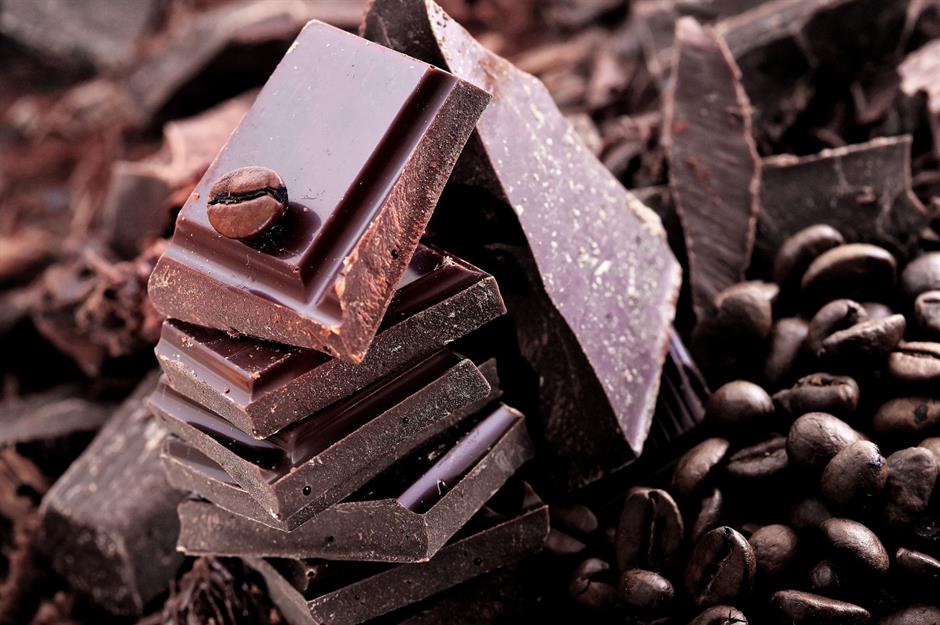
Whether you prefer a creamier, milkier chocolate cake or a darker, more intense version, it’s worth tasting the chocolate before adding it to your batter. Different chocolates have distinct flavour profiles, and those nuances will carry through to the final bake – often making a big difference to the overall result. Choose your chocolate based on your taste preferences, and you’ll be far more likely to end up with a cake you truly enjoy.
31. Go full fat for perfect cream cheese frosting
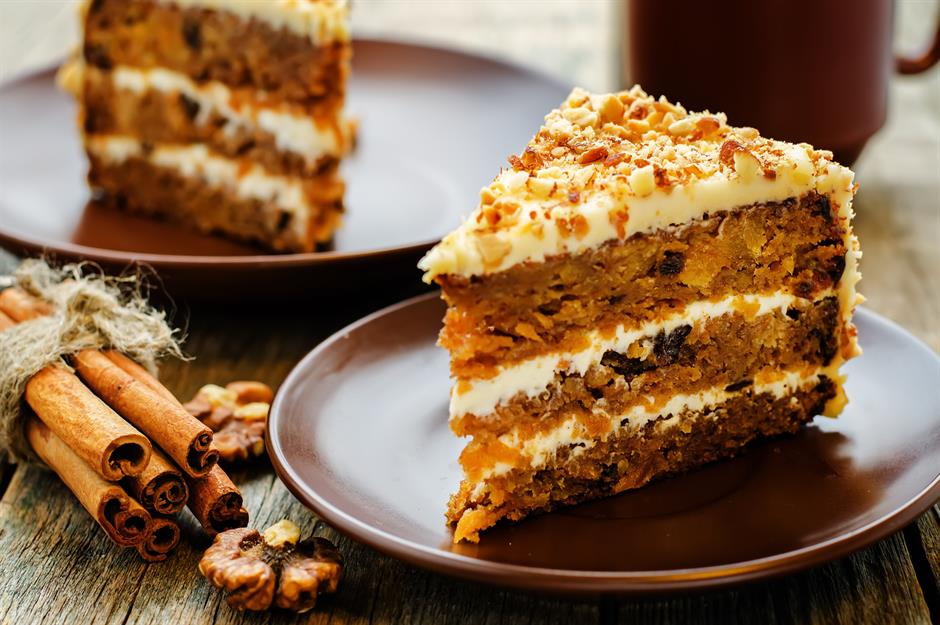
Who can resist a homemade carrot cake? It's a forgiving cake that doesn't require much technical skill, but the trick is to get the frosting right. Make sure you use full-fat cream cheese, as anything else will turn to liquid once you've added the icing sugar. Also use the best butter you can – cheaper butters contain more water and won't produce a thick, rich icing.
30. Use baking soda for robust bakes
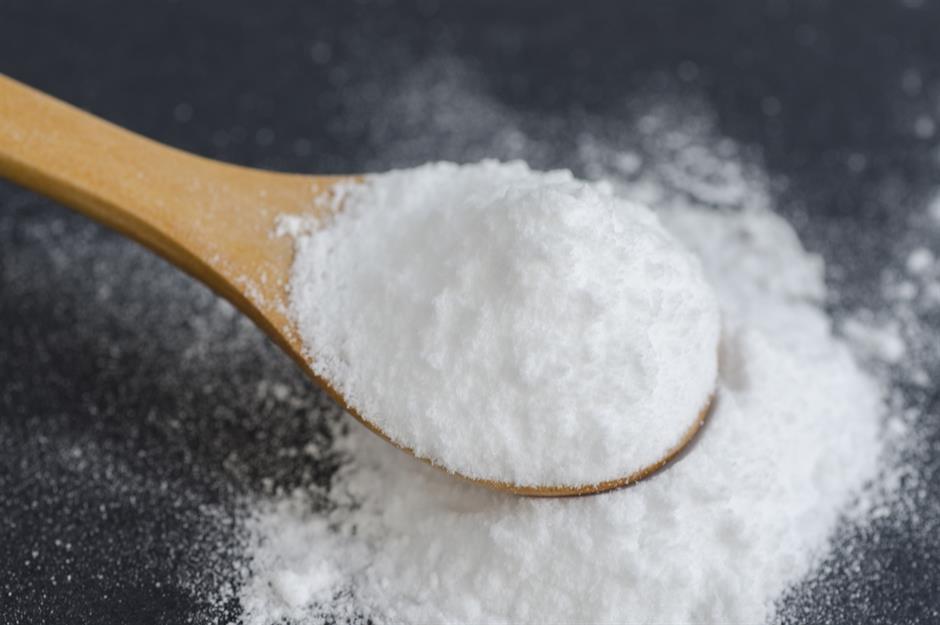
Baking soda (bicarbonate of soda) is an alkali that can be used as a raising agent for soda bread and robust cakes such as gingerbread, carrot cakes and fruit cakes. You'll see it combined with an acid, such as buttermilk or yogurt, which helps to activate it and give off carbon dioxide, making for a lighter cake. Always use the amount specified, as overuse can result in a strong, bitter flavour – plus, your cake may collapse or peak too high.
29. If you love a lighter cake, try a génoise
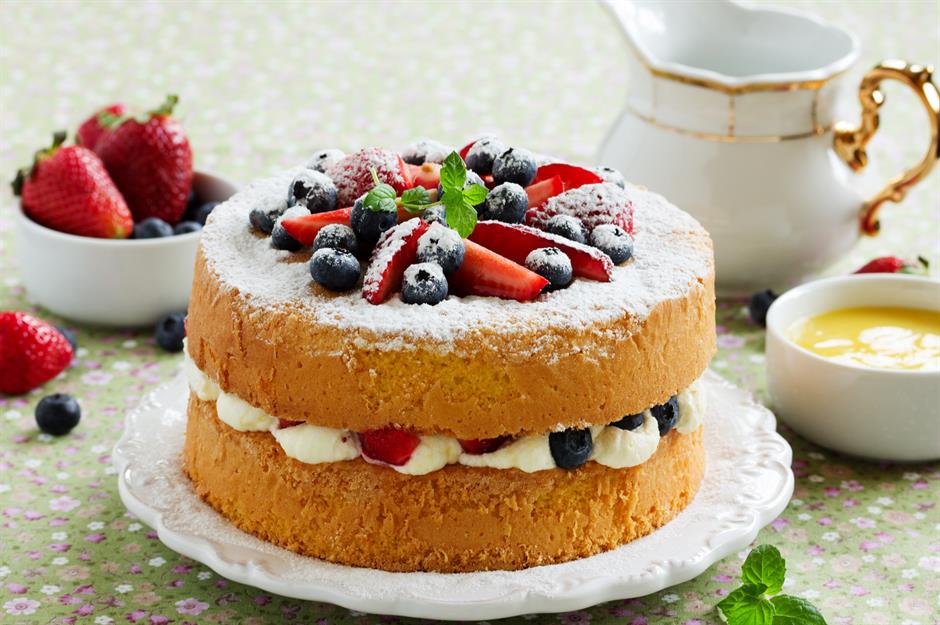
A génoise is an Italian sponge that contains no raising agent. The light texture is achieved by beating eggs and sugar until pale and thick. You'll definitely need an electric hand whisk for this one! The trick to getting it as light as possible is to beat the eggs and sugar over a pan of gently simmering water, without the bowl touching the water. The gentle heat makes the eggs foam up, resulting in a wonderfully light cake.
28. Go vegan with a few easy swaps
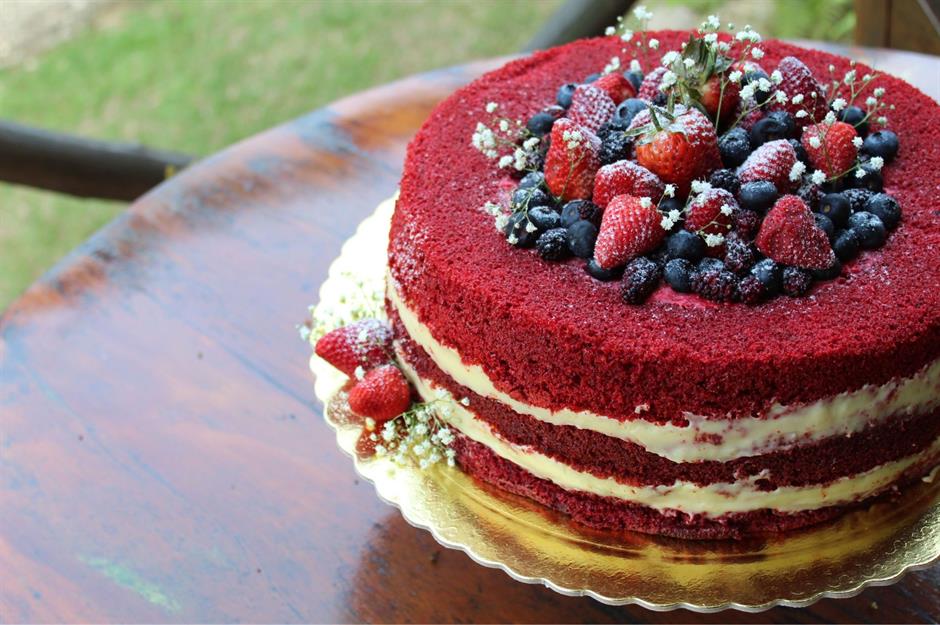
Butter and eggs are an integral part of baking, so it's a challenge to make vegan cakes – but it's by no means impossible. Butter can be replaced with a light oil such as sunflower or coconut oil, cows' milk can be swapped for oat or almond milk, and aquafaba (chickpea water) is a fantastic egg alternative (and it makes amazing meringues, too). Just check that any chocolate used in a recipe is labelled as suitable for vegans, because some may contain animal fats.
27. Make the perfect drizzle
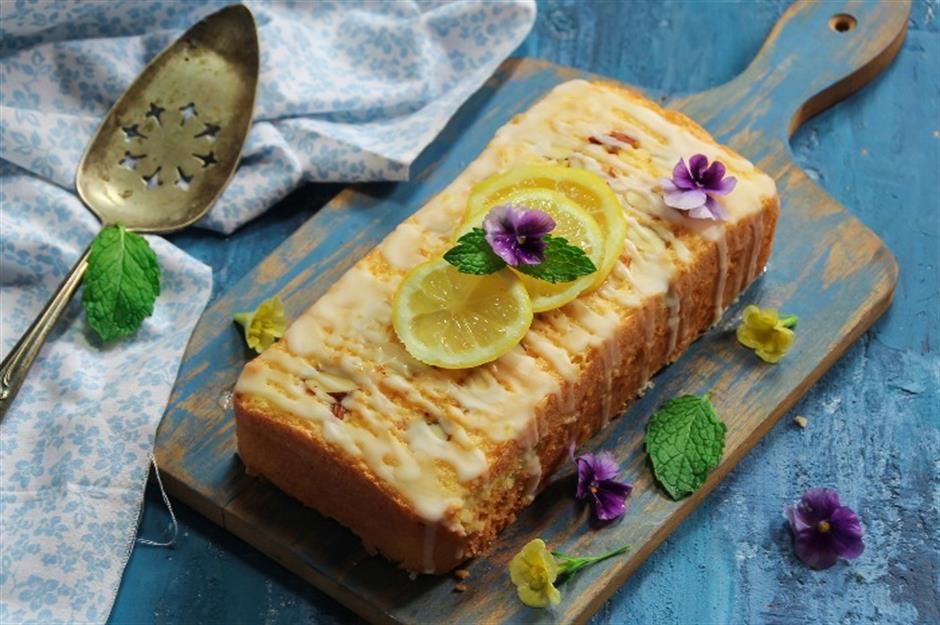
Everyone loves a drizzle cake with glacé icing (a mix of icing sugar and a liquid of some sort). It's easy to make, but be sure to sift the icing sugar thoroughly to remove any lumps. If your sieve isn't fine enough, you may have to do it a couple of times to avoid unsightly lumps over your perfect cake. Add the liquid (often water) gradually to ensure it isn't too runny. For an extra citrussy note, use lemon juice and zest in your glaze instead of water. You could also experiment with other tangy citrus fruits like grapefruit, lime or even yuzu.
26. Test your raising agent before use
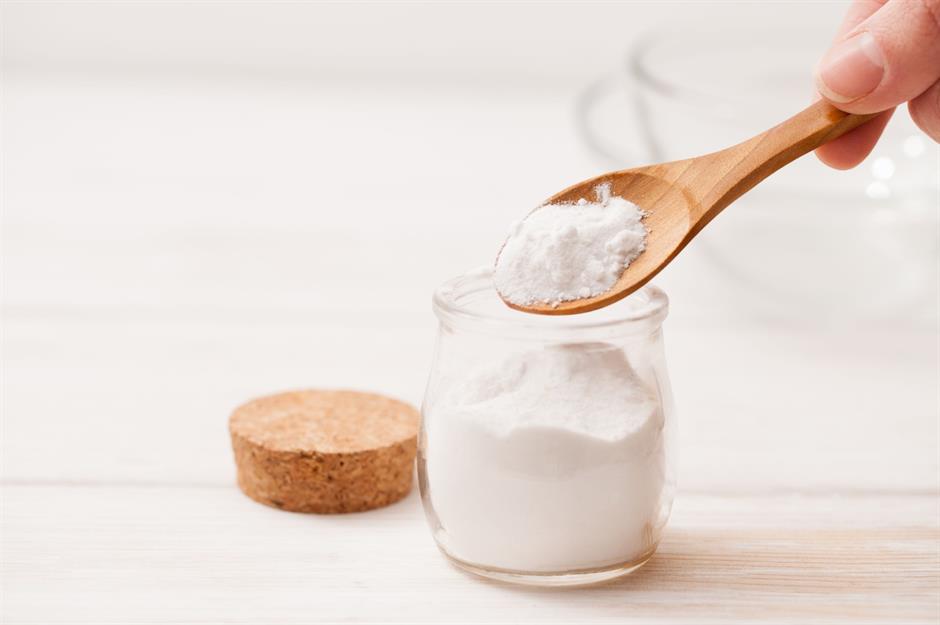
Baking powder and soda can both last a long time, but it's possible for them to expire. If you have a tub that’s been sitting in your cupboard for months (or even years), it might not pack the power you need for perfectly raised cakes. To check that it’s still fine to use, combine baking powder with hot water – and baking soda with hot water and vinegar – and watch to see if it fizzes up. If it doesn’t, you’ll need to replace it.
25. Use almonds for a moist sponge
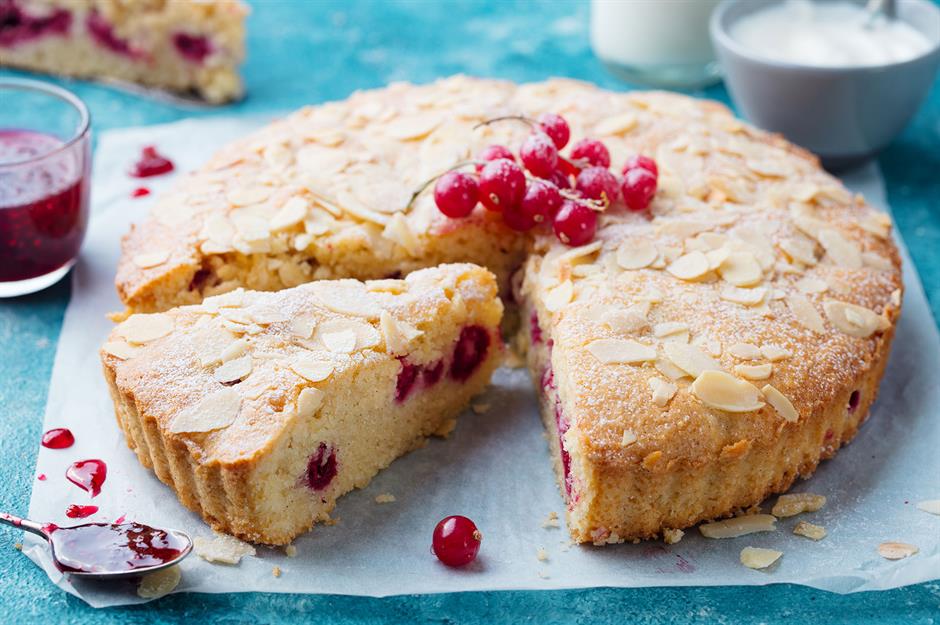
Almond flour and ground almonds can help to create a dense but wonderfully moist texture in cakes and biscuits. Almond flour has a higher fat content than regular wheat flour, adding moisture and a rich, slightly nutty flavour to cakes. It’s also naturally gluten-free, making it ideal for coeliacs or those avoiding wheat flour. The nutty flavour pairs beautifully with coconut, chocolate, berries and citrus fruits.
24. Make your cakes gluten-free
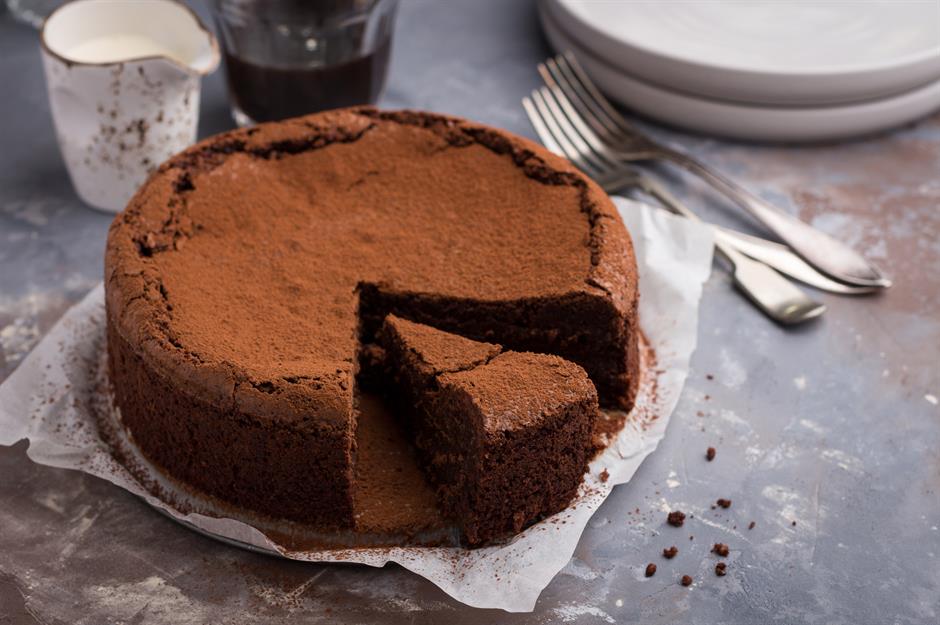
Can you do a straight swap of wheat flour for gluten-free flour? Well, it depends on the recipe. For cookies, it just makes them softer. However, in cakes, it may change the structure and the rise. You're better off tracking down a recipe that's been developed using gluten-free flour. There are plenty to choose from, including almond, rice and buckwheat flours, all of which have slightly different properties. Often, you'll find the best recipes use a mix of a few types of gluten-free flour.
23. Use non-stick spray on bundt tins
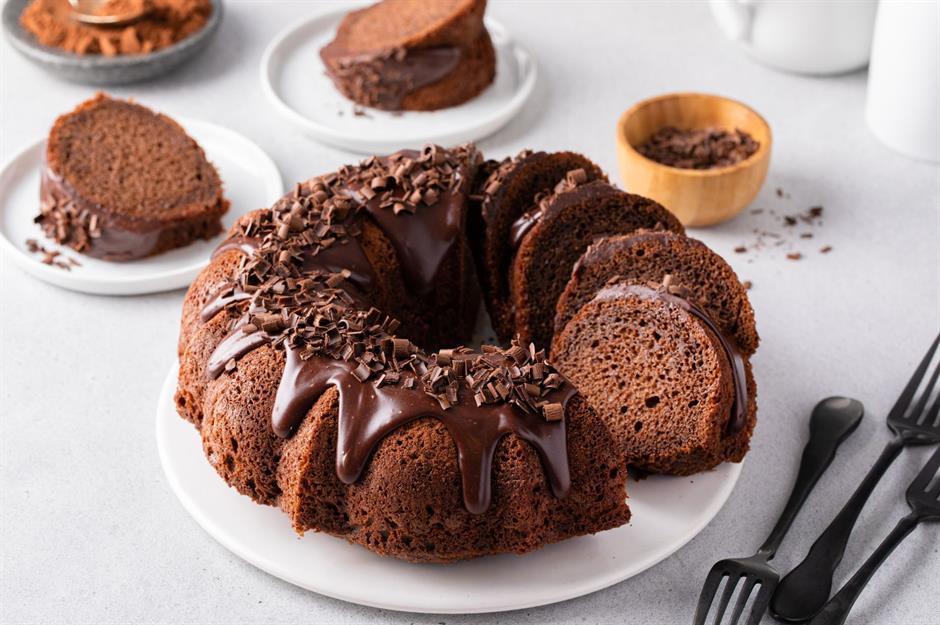
A bundt or ring cake is a thing of beauty and something to attempt when you have a little more confidence in your baking. The tins are notoriously tricky due to their shape, with so many nooks and crannies to thoroughly grease. The best way to avoid bits of the cake sticking to the tin is to use a cake release spray, which does the job perfectly.
22. Allow your cakes to cool completely
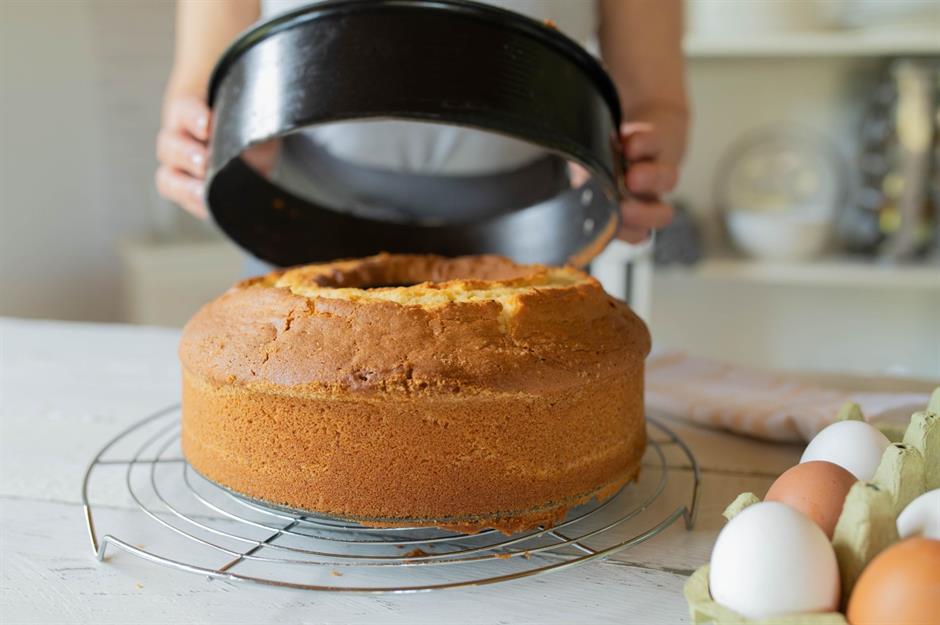
When your tasty bake is ready to come out of the oven, it’s tempting to want to work with it straight away. But if you transfer your cake to a tin or airtight container before it has cooled completely, condensation will form, giving it a sticky surface. This is something you’ll find with traditional fruit cakes in particular, as they retain a lot of heat due to their high sugar content. To avoid this, just be patient and wait until your cake is completely cold to the touch before storing or decorating.
21. Insulate your cakes for flatter tops
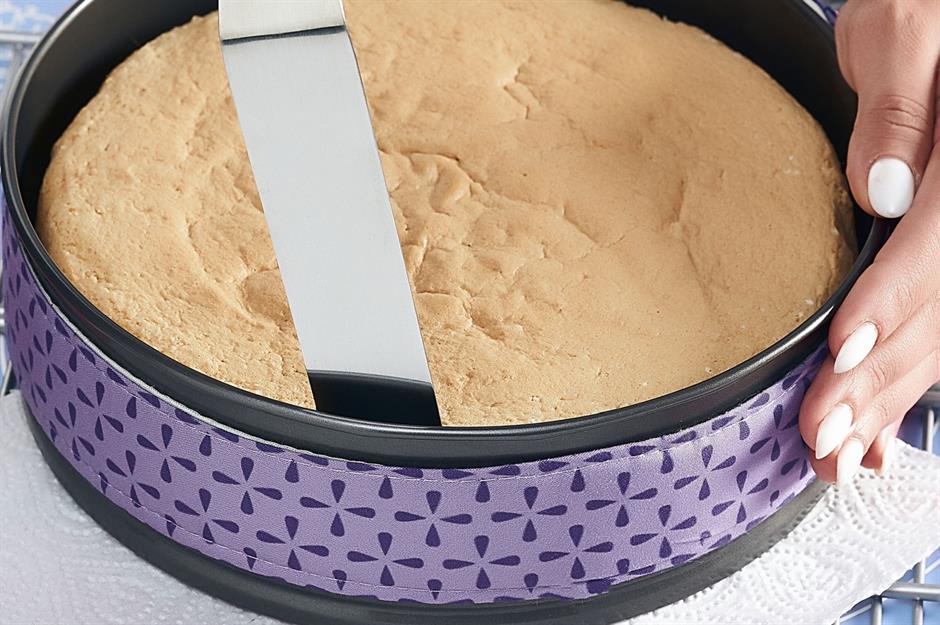
Cakes that dome in the middle are harder to decorate neatly, especially if you’re trying to stack a layer cake. Instead of having to trim each layer, try insulating your cake tins with special cake strips (which you can purchase), a piece of foil or a damp towel. This trick helps to keep the cake an even temperature throughout, preventing the top and sides from cooking faster than the middle – and giving you a more even rise and a flatter top.
20. Bake a sheet cake for a crowd
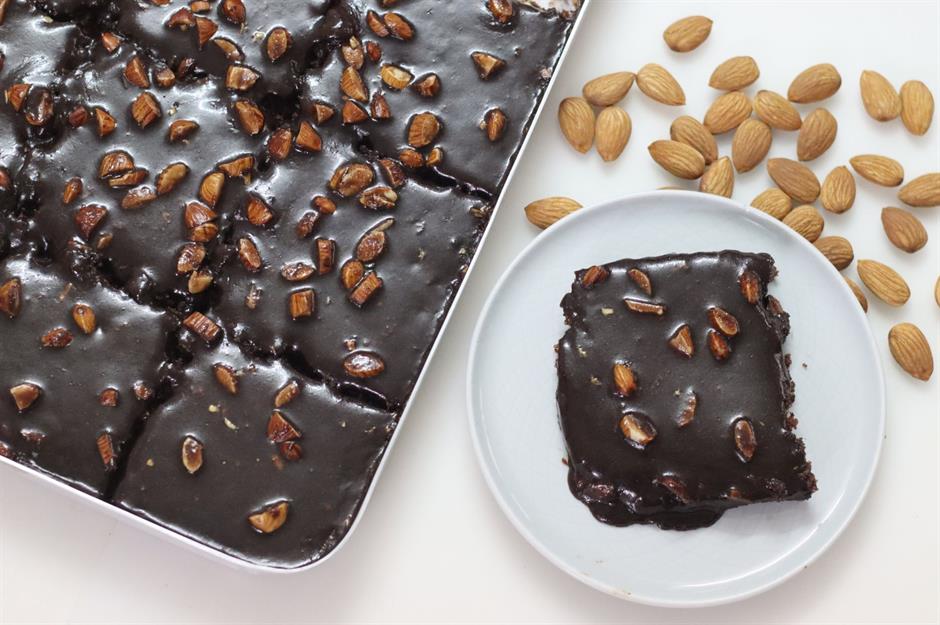
If you're looking for a cake for larger numbers, whether you're catering for a party or a bake sale, you can’t go wrong with a sheet cake. They're simple, versatile and thrifty, there are endless possibilities when it comes to fillings and decorations, and their rectangular shape allows for easy portioning, ensuring consistent slices for everyone. Just be sure not to overfill your tin to allow room for the cake to rise, and avoid overbaking by checking your sheet bake a few minutes before the suggested time – it can be harder to judge doneness when you’re working with a big cake.
19. Swap butter for olive oil
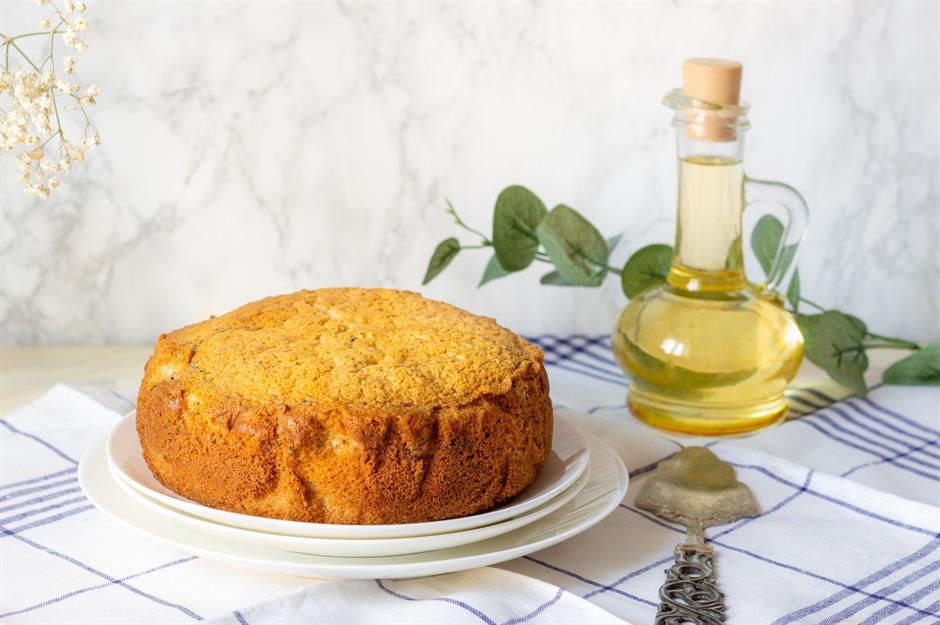
Cake recipes inspired by Middle Eastern cooking often contain olive oil instead of butter. The oil gives a more dense, heavy texture, but it also results in a very moist, squidgy cake. Just remember that you can't simply swap olive oil into a cake recipe that calls for butter; it's better to use a tried and trusted recipe specifically developed using olive oil.
18. Switch out butter for baking spread

There’s a lot of debate about whether butter or baking spread makes a better cake. Each has its pros and cons – butter often tastes better, while baking spread is typically cheaper (and vegan, too). One thing many bakers agree on is that baking spread produces fluffier cakes compared to butter. If you want the benefits of both, try mixing half butter and half baking spread for fluffiness and a great taste.
17. Always use the correct size tin
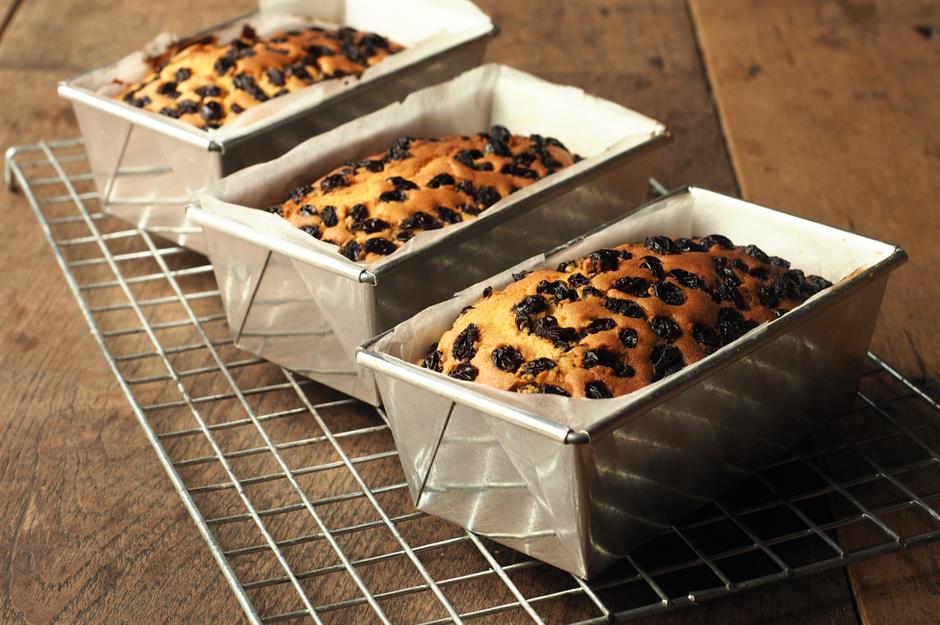
Whichever shape of cake you want to bake, always use the size and depth of tin specified in the recipe. Most recipes use 18cm (7in), 20cm (8in) or 23cm (9in) round tins, sandwich tins (which are shallower for making layer cakes) or spring-form tins (for deeper cakes). Loaf tins tend to be 16oz (450g) or 32oz (900g). It's worth building up a small stock of the usual tins. If the tin is too big or too small, the cake may turn out undercooked, too thin or burnt on the outside and raw in the middle.
16. Learn from your baking mistakes
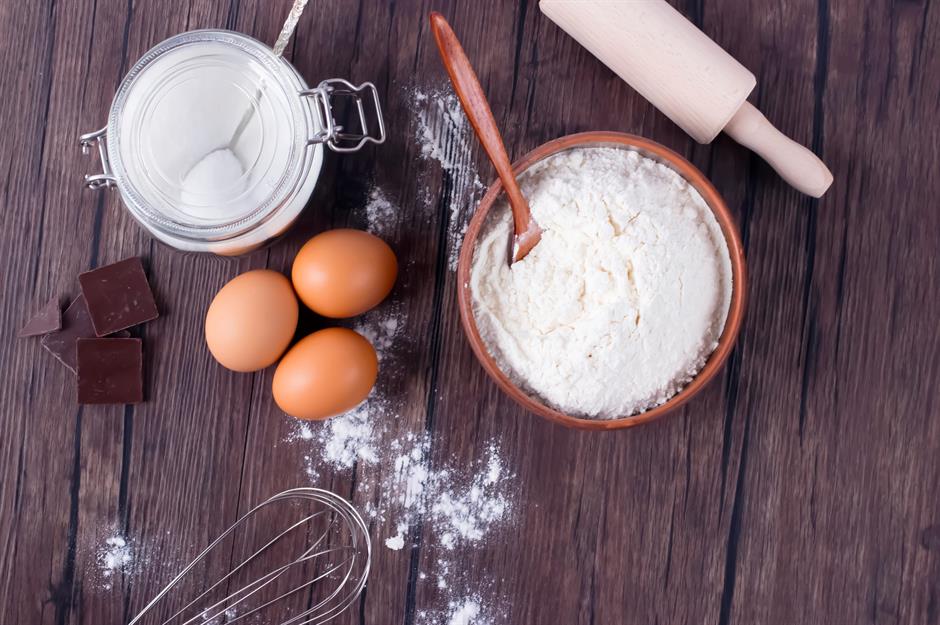
Cracked cake? It could be that you've used the wrong size tin or a too-hot oven. Sunk in the middle? There could be too much raising agent in the mixture, or maybe you've opened the oven too often. Soggy in the middle? The oven could be too hot, or perhaps you didn't check your cake was cooked through with a skewer. Too dense and heavy? You probably didn't beat enough air into it – or alternatively, you bashed out the air by being too heavy-handed when folding in the flour, or you banged the side of the bowl with your whisk. When it comes to baking, plenty can go wrong; all you can do is learn from your mistakes.
15. Always line your baking tin
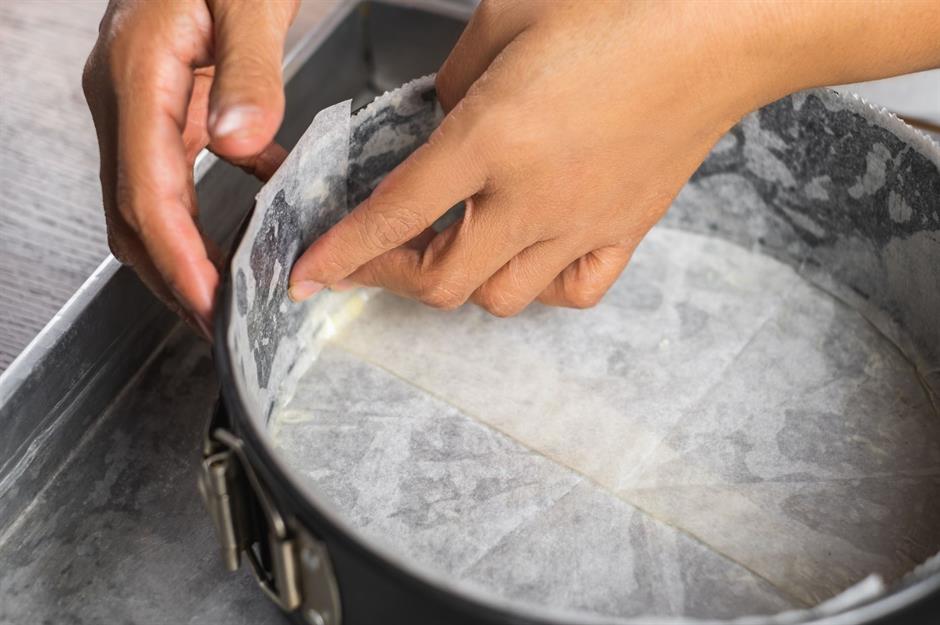
Using baking paper to line your cake tins serves two purposes. Firstly, it prevents the cake from sticking, so it's easier to get it out of the tin. Secondly, lining the sides of the tin prevents the cake from becoming too dark. Brush the tin with a flavourless oil, such as sunflower oil. Next, trace out the base on baking paper, cut out the shape, then cut a long strip for the sides. If that's too much of a faff, you can buy pre-cut and measured liners from specialist kitchenware stores.
14. Get the heat right
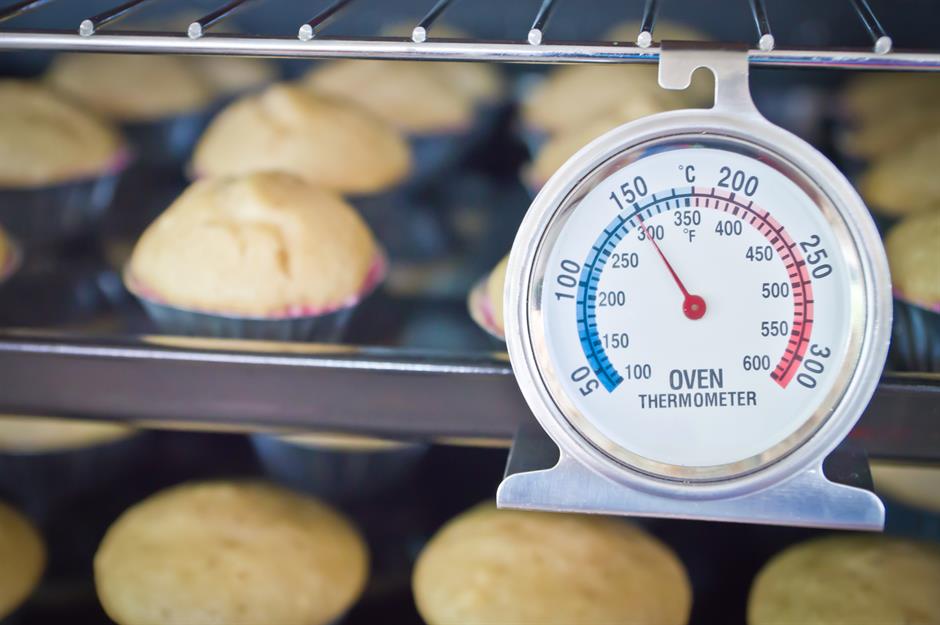
You can get away with an uneven oven temperature for roasts and casseroles, but for baking, an oven thermometer (which you pop onto the top shelf of your oven) is worth the small investment. Ovens can be over or under the specified temperature, and it's often the case that one side is hotter than the other. Don't crowd cake tins side by side, either; it's best to put them in the centre of each shelf, then swap them around halfway through cooking.
13. Use an ice cream scoop for cupcakes
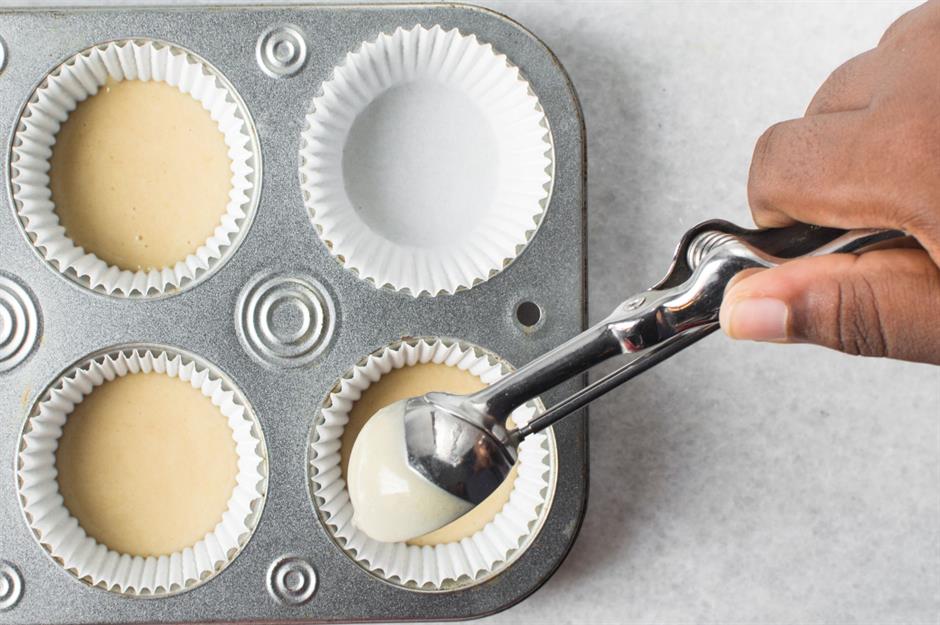
If you’re aiming for evenly portioned cupcakes every time, use an ice cream scoop. The scoop allows you to easily get the right amount of batter in each cupcake liner, resulting in a perfectly precise batch every time. The uniform size also means the cakes will cook more evenly too, preventing them from being overcooked or undercooked.
12. Choose vanilla extract over essence
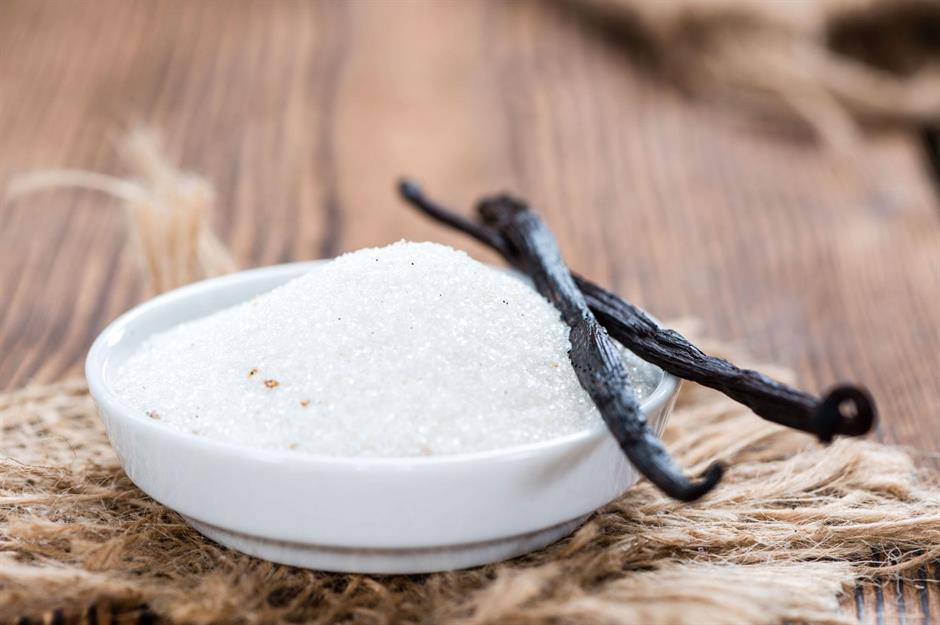
Pure vanilla is expensive; however, as you use such small amounts when baking, it's worth splashing out on. Vanilla essence is a synthetic flavouring and lacks the complexity of vanilla extract. Vanilla is a 'balancer' like salt or lemon juice, bringing out other flavours in a recipe. It's often used in chocolate cakes to enhance the richness of the chocolate. A great way of making a small amount of vanilla go a long way is by making your own vanilla sugar. To do this, simply slice vanilla pods in half lengthways, add them to a large jar of sugar, then leave them to infuse.
11. Coat mix-ins in flour to prevent sinking
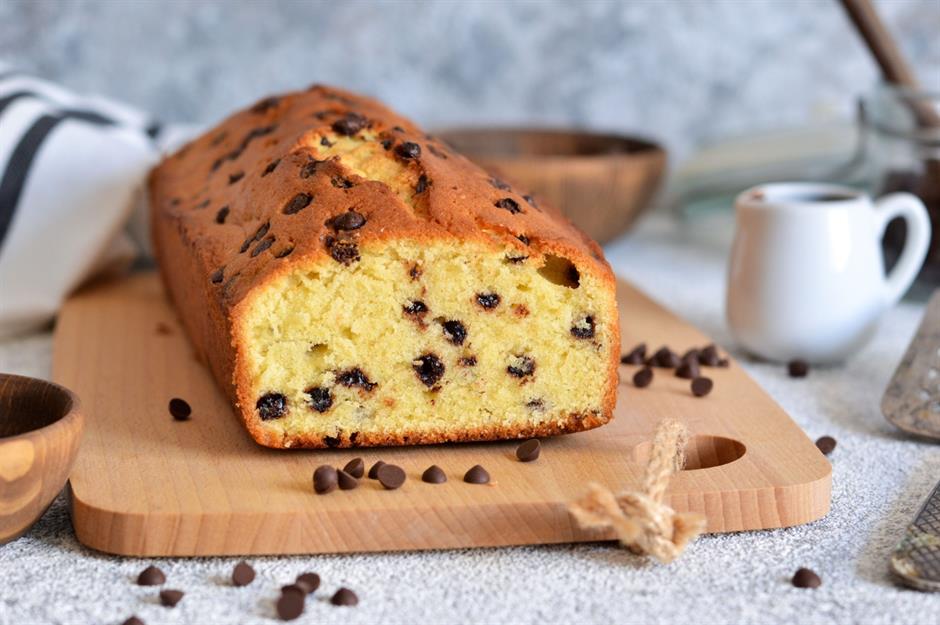
Have you ever added fruit or chocolate to a batter, only to find it’s all sunk to the bottom when you cut into the cake? To prevent this, start by chopping your mix-in into small pieces. Make sure it’s dry if you’re using fresh fruit or something in syrup, such as glacé cherries or stem ginger. Finally, coat the pieces in flour before folding them into your batter – this will help to suspend them throughout the cake, so you get an even distribution in each slice.
10. Invest in the essentials

Just as a good cook's knife makes chopping easier and faster, a few bits of the right kit will help your baking – and you don't need to spend a fortune, either. A silicone spatula helps to fold in flour and can scrape the bottom of the bowl to ensure everything is mixed together. Likewise, measuring spoons are a must; all recipes use them for accuracy and consistency. They're especially important if you're measuring raising agents or spices. A decent set of digital scales will also be more accurate than a set of balance scales.
9. Know when your cake is cooked
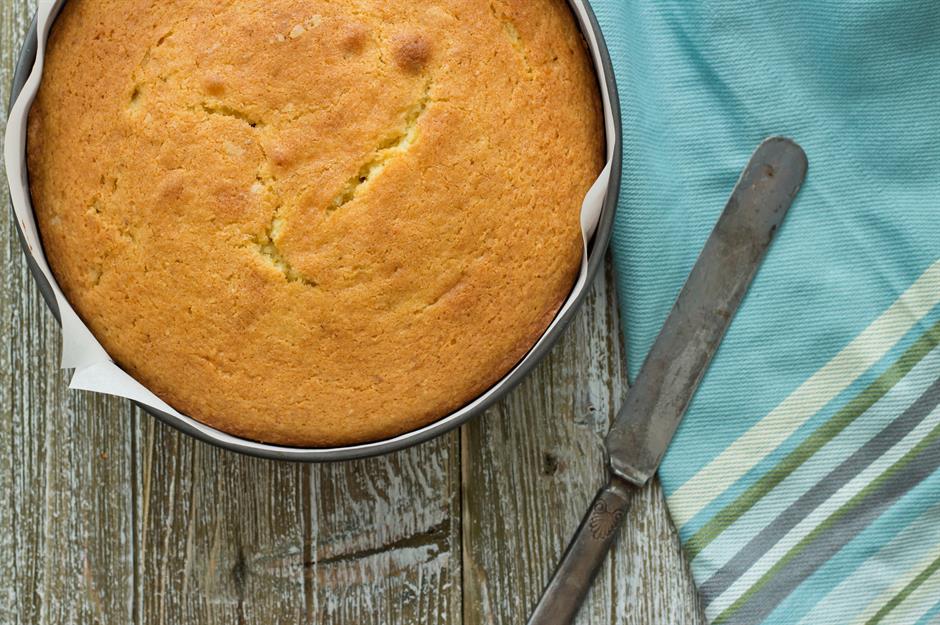
When your cake is fully cooked through, it should have shrunk away slightly from the sides of the cake tin and be springy to the touch. Double-check by poking a thin skewer through the centre; it should come out clean. If it's the correct colour on the outside but still a little raw in the centre, use a piece of foil to lightly cover the cake and continue to bake, checking it every five minutes or so. Open the oven door as little as possible to keep the heat constant.
8. Have your ingredients at room temperature
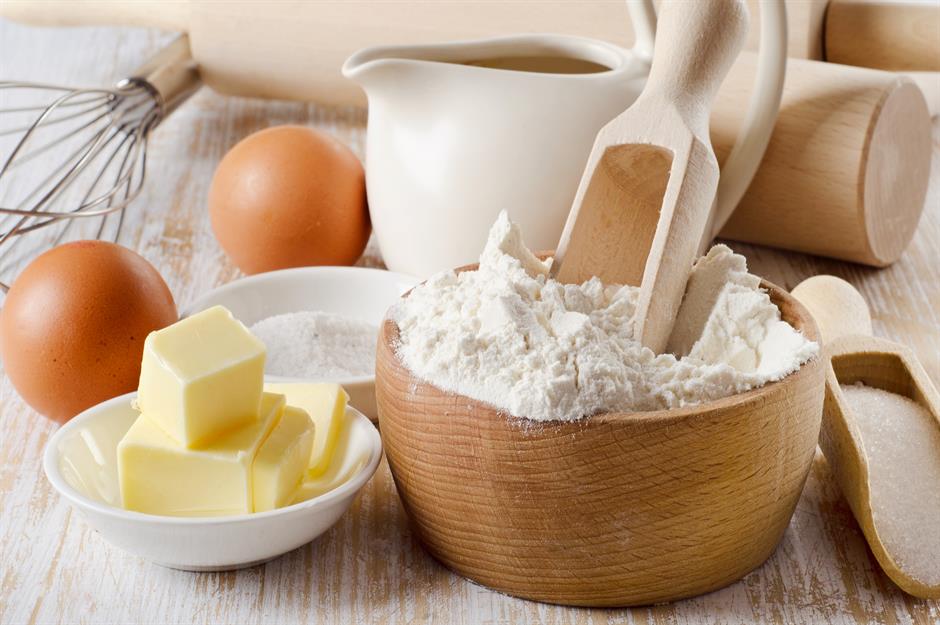
Before you begin to make your cake, it's important to make sure all your ingredients are at room temperature. Take eggs and butter out of the fridge ahead of time; how long ahead of time depends on how hot it is in the kitchen. If the butter is too hard, weigh it out, cut it into small pieces, then leave it for 15 minutes or so. It needs to be soft enough so that, when you're creaming it with the sugar, it combines well, incorporating enough air for a light result.
7. Always use a wire cooling rack
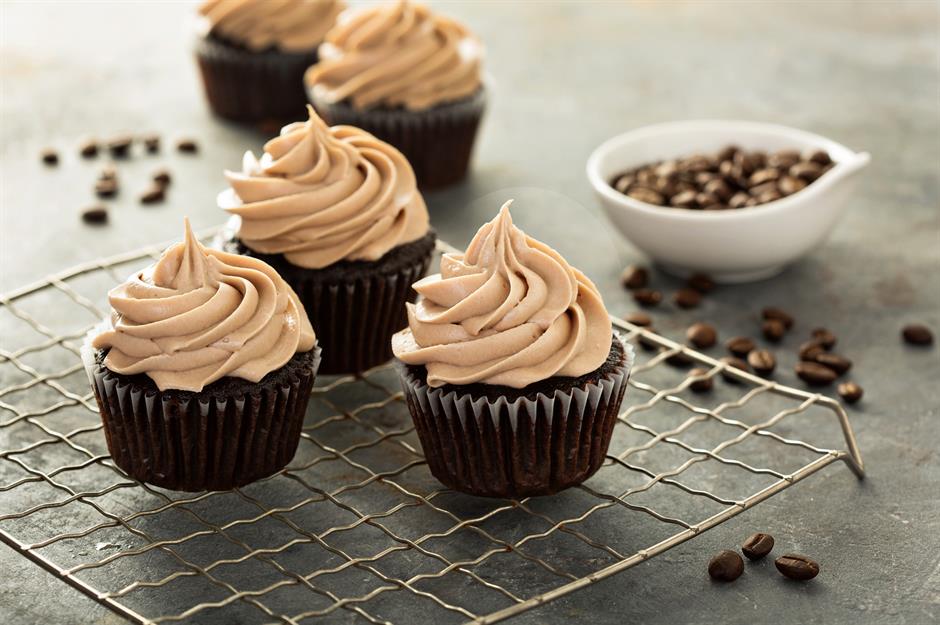
You'll never get a cake, cookie or cupcake to cool evenly without a wire cooling rack. If you leave a warm cake on your kitchen surface, you'll end up with a soggy bottom. A cooling rack also comes into its own when you're baking a sponge cake; tip the cake out of the tin onto the rack, top side down, and the rack will flatten the top evenly, giving a better final effect. If you don't want wire marks on your cake, place a thin tea towel on the rack first.
6. Let the air in
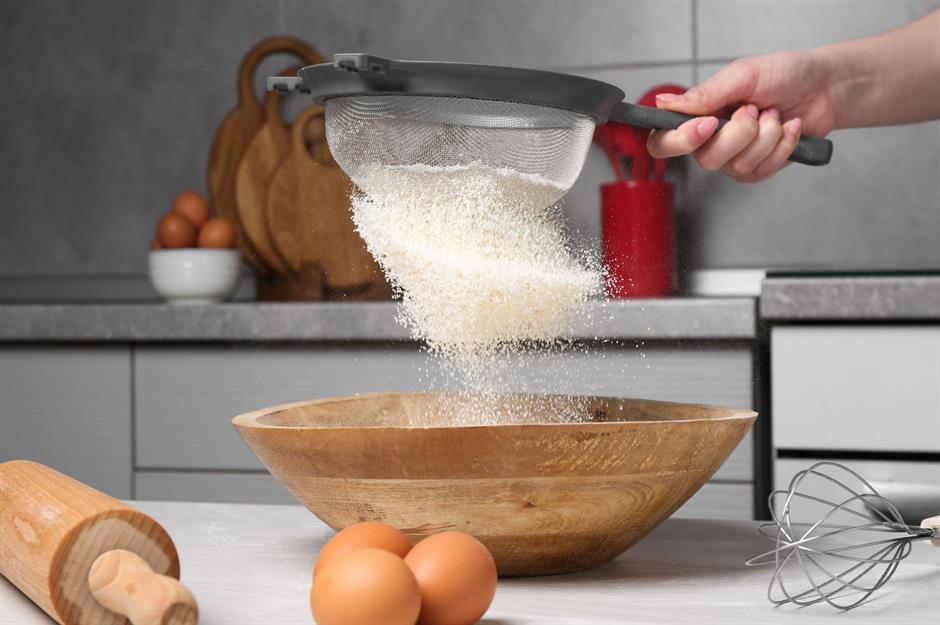
For a light, dreamy cake, you need to incorporate as much air as possible in the mixing process. By sifting all your dry ingredients, you'll add air; this is why recipes tell you to 'fold' in the flour. It can be tempting to skip this step of a recipe if you're in a hurry, but sifting really makes the world of difference. When it comes to mixing everything together, a spatula and a gentle hand is the easy option, but you could also try using a balloon whisk. Just ensure you don't bash your spatula or whisk on the side of the bowl when you've finished, as you'll drum out all the air you've carefully incorporated.
5. Melt chocolate slowly
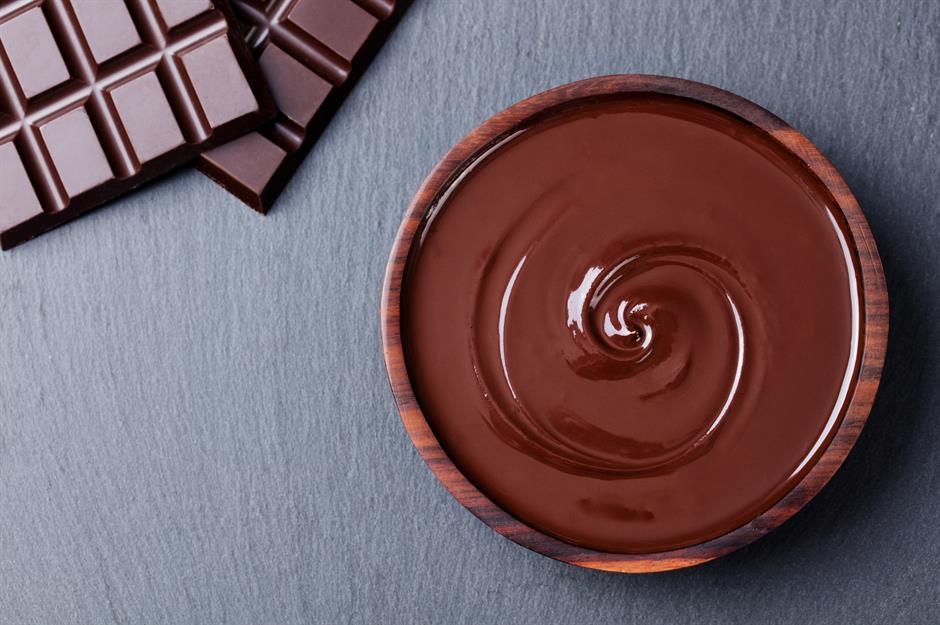
Melting chocolate can be tricky. If you're making a ganache, the biggest mistake is to overheat it, which makes the chocolate stiffen and curdle when the cream is added. Instead, melt chopped chocolate very gently in a heatproof bowl over a pan of barely simmering water, without allowing the bowl to touch the water. Leave it to cool for a while before adding any cream.
4. Measure honey easily
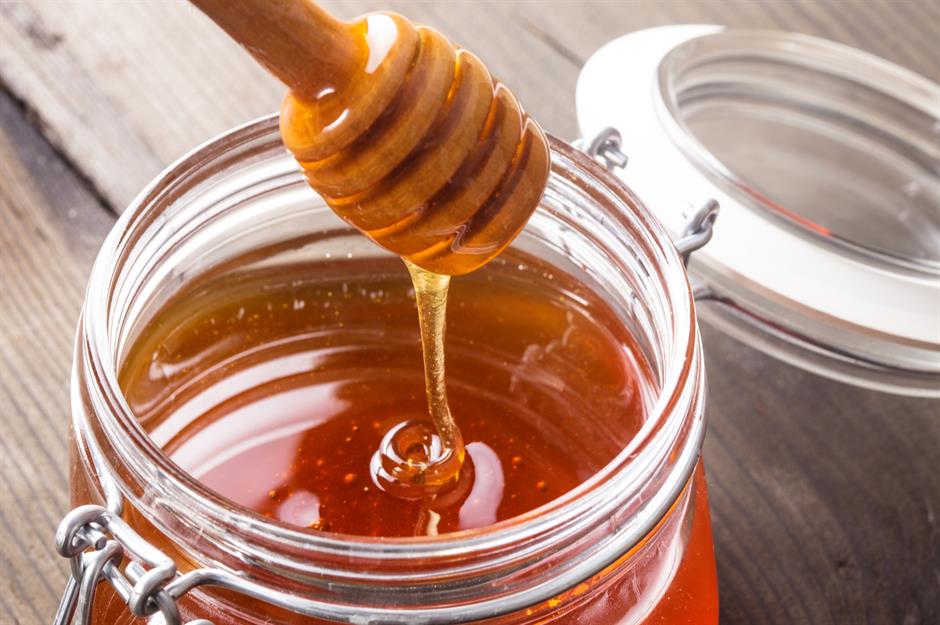
If you need to measure out quantities of honey, golden syrup or treacle, it can be tricky (and sticky). The easiest way to do it is to have a jug of boiled water, straight from the kettle, to hand. Heat the measuring spoon in the water before dipping it into the jar, and the honey will fall off the spoon. Keep putting the spoon into the boiled water to heat it until you've measured out what you need.
3. Store sponge cakes in the freezer
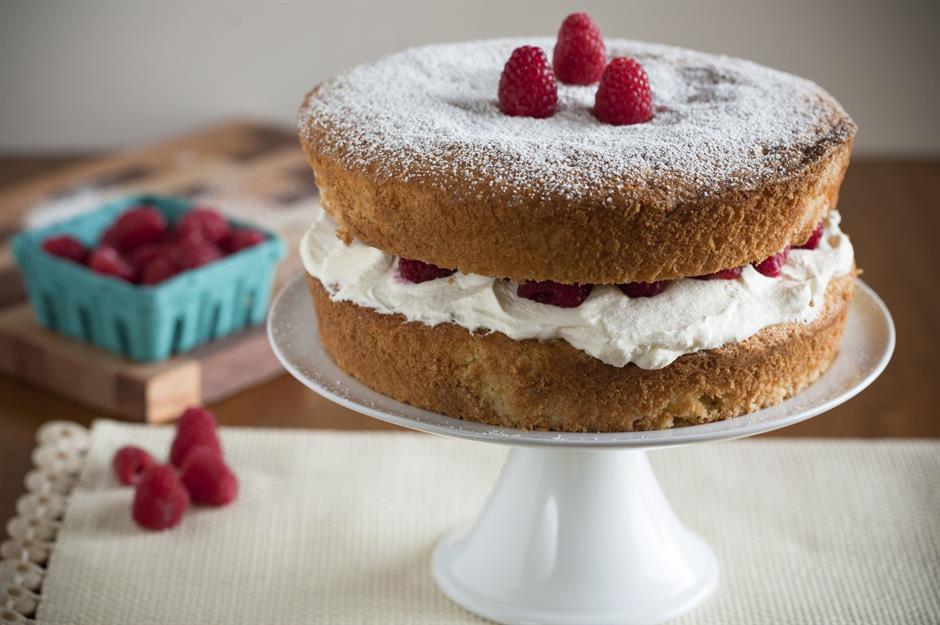
Most sponge cakes freeze really well. Allow your cake to cool completely, wrap it in cling film, then wrap it in foil before freezing. Allow the cake to thaw at room temperature. Fully decorated cakes don't freeze well, but fillings such as buttercream will keep in the fridge in a sealed container for up to four days.
2. Go slow and low for perfect caramel
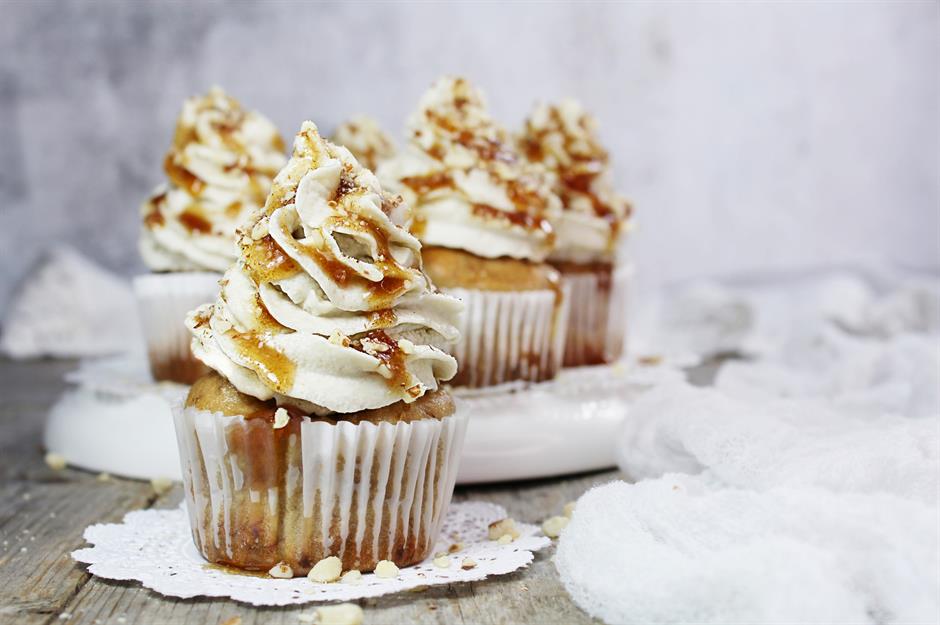
Melting sugar for caramel strikes fear into the hearts of many cooks, but there's a simple trick to it. Start by very gently heating the sugar – some recipes ask you to add water, some don't, but the theory is the same. Once the sugar is warm, it will dissolve. Do this really slowly. Then, once it has melted, turn up the heat to make the caramel. Don't stir it, but swirl it around the pan for caramel perfection. Once you've got your basic recipe down, there are endless uses for caramel, from drizzling it over cupcakes to mixing it into buttercream.
1. Weigh your eggs for the perfect Victoria sponge
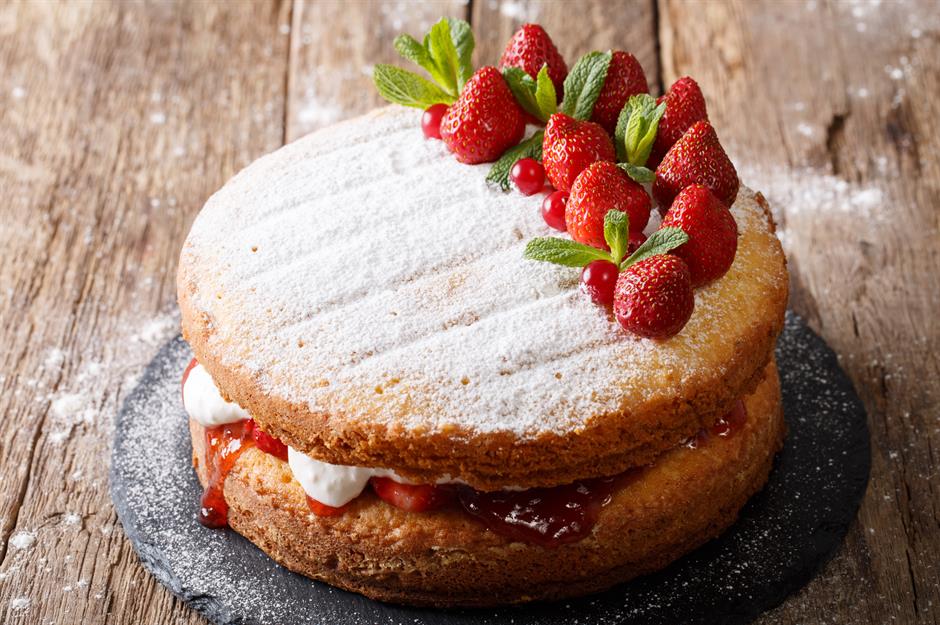
A Victoria sponge is a classic English bake. A light, airy cake can be achieved by beating butter and sugar together and by using extra baking powder in addition to self-raising flour. One old-school way to ensure perfect results every time is to weigh your eggs before you crack them, then use the same weight of flour, butter and sugar for your cake. Once you've mastered this technique, you can make the sponge chocolatey with cocoa powder – or give it a caffeine hit with dissolved coffee granules.
Now discover the world's best cakes everyone should try
Last updated by Lottie Woodrow.
Comments
Be the first to comment
Do you want to comment on this article? You need to be signed in for this feature